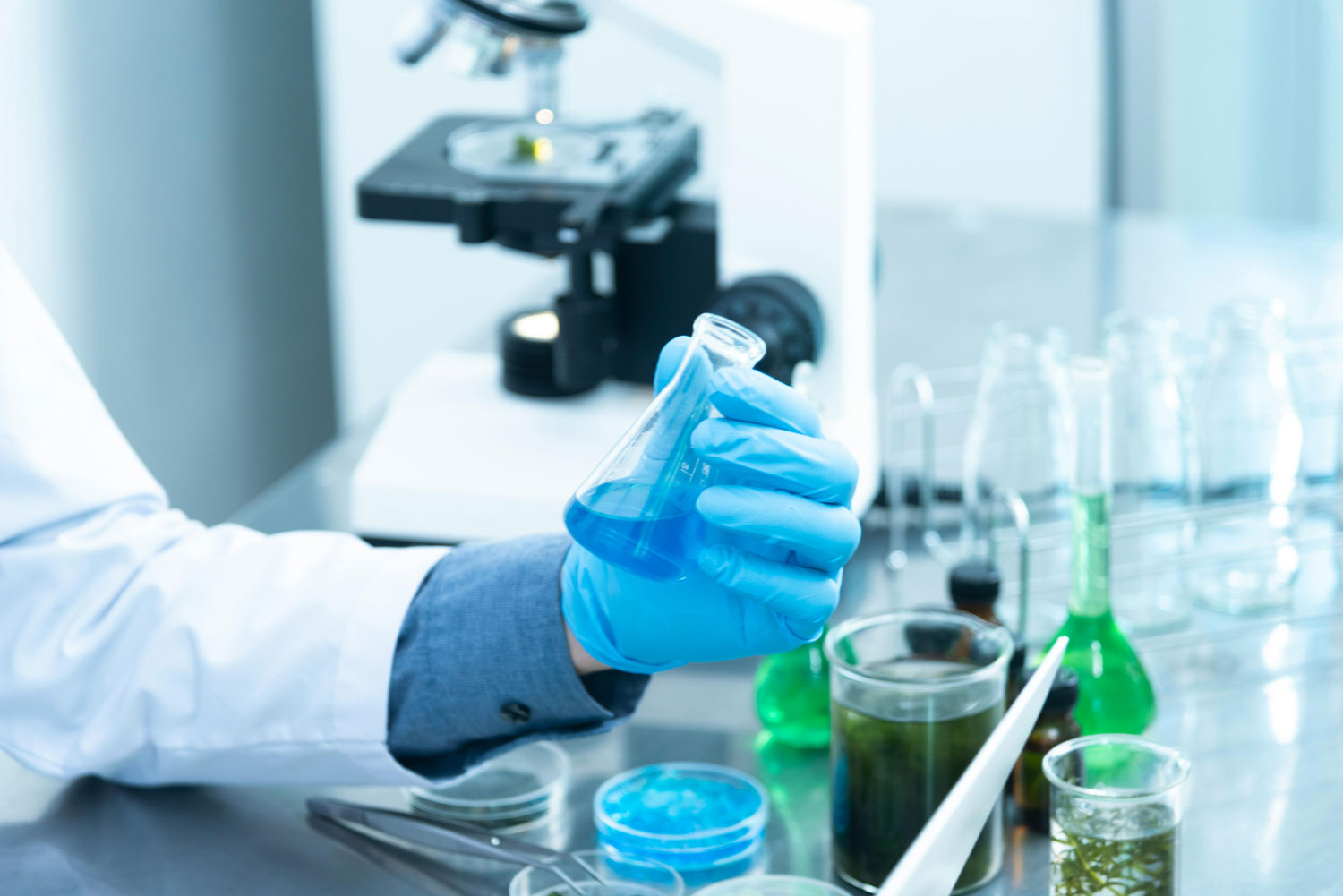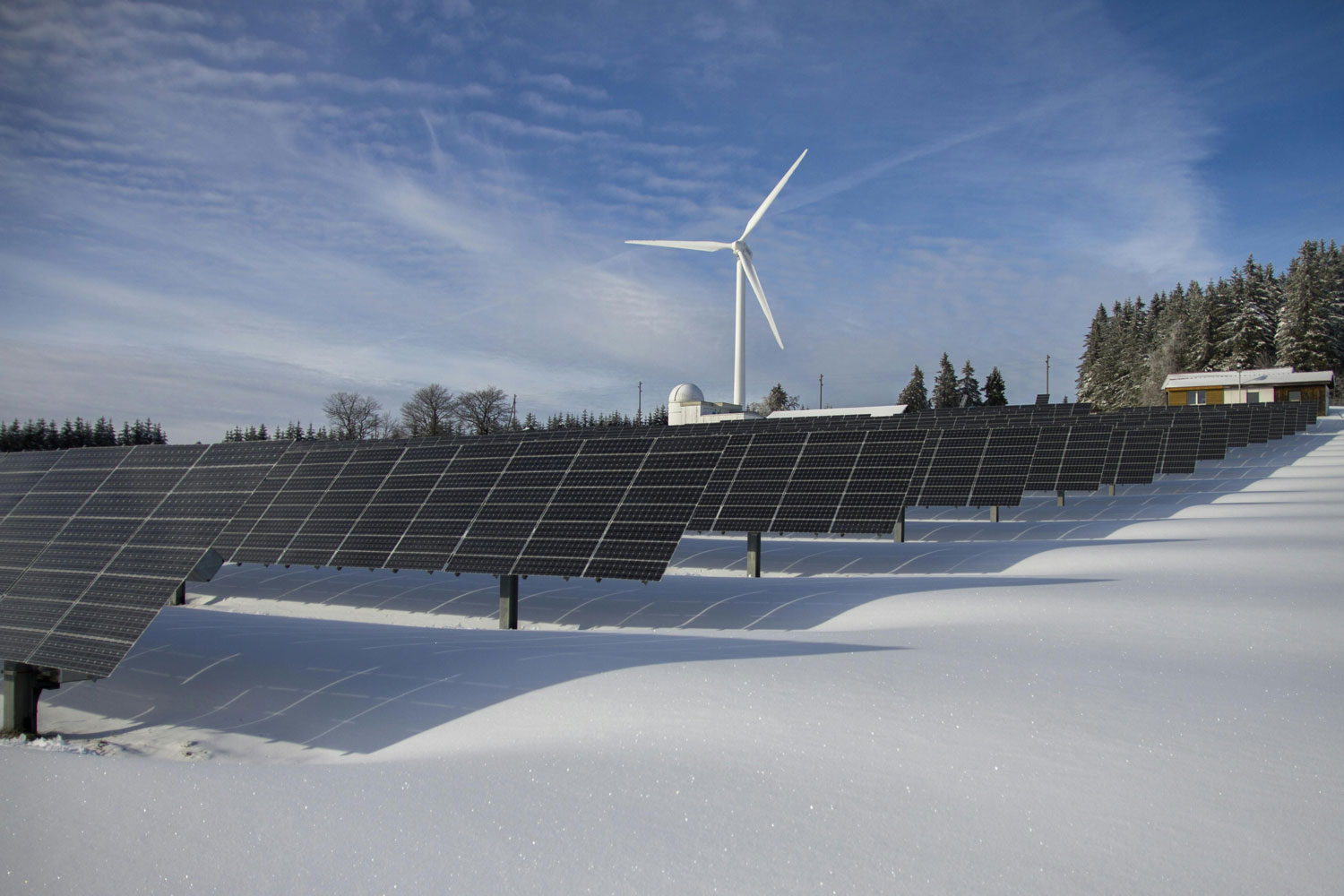Exclusive
 What Does Science and ESG Hold in Trump 2.0?
What Does Science and ESG Hold in Trump 2.0?
 Nature-Based Solutions: Balancing Promise and Limitations in Climate Action
Nature-Based Solutions: Balancing Promise and Limitations in Climate Action
 Crafting Eco-Friendly Strategies for Niche Enterprises
Crafting Eco-Friendly Strategies for Niche Enterprises
 U.S. Companies Roll Back ESG Commitments
U.S. Companies Roll Back ESG Commitments
 How New Rules Are Making Greenwashing a Thing of the Past
How New Rules Are Making Greenwashing a Thing of the Past
 Why Scope 3 is the Real Test of Corporate Climate Commitment
Why Scope 3 is the Real Test of Corporate Climate Commitment
 Water Sustainability in 2025 – Digitalization, AI, and the Rise of Smart Water Systems
Water Sustainability in 2025 – Digitalization, AI, and the Rise of Smart Water Systems
 From Pledges to Practice: Building Coherent and Reliable Climate Policy
From Pledges to Practice: Building Coherent and Reliable Climate Policy
.jpeg) The Role of Circular Economy in Waste Management
The Role of Circular Economy in Waste Management
 Small Steps, Big Wins: The Power of Everyday Sustainability
Small Steps, Big Wins: The Power of Everyday Sustainability
 Zero Waste at Home: Practical Tips for a Greener Lifestyle
Zero Waste at Home: Practical Tips for a Greener Lifestyle
 India’s Green Hydrogen Mission – Pioneering a Low-Carbon Future
India’s Green Hydrogen Mission – Pioneering a Low-Carbon Future
.jpg) Urban Resilience – How Nature-Based Solutions Are Transforming Cities
Urban Resilience – How Nature-Based Solutions Are Transforming Cities
 The ISO Net-Zero Standard – A Game Changer for Global Climate Action
The ISO Net-Zero Standard – A Game Changer for Global Climate Action
.jpg) Phasing Out Fossil Fuels— A Just Transition
Phasing Out Fossil Fuels— A Just Transition
 Life Cycle Assessment: The Key to Sustainable Decision-Making
Life Cycle Assessment: The Key to Sustainable Decision-Making
.jpg) Sustainable Menus— A Recipe for Environmental Responsibility
Sustainable Menus— A Recipe for Environmental Responsibility
.jpg) Green Hydrogen for a Sustainable Future
Green Hydrogen for a Sustainable Future
.jpg) Net Zero Made Simple— Everything You Need to Know
Net Zero Made Simple— Everything You Need to Know
 Regenerative Agriculture— Revitalizing Farms & Rebuilding Ecosystems
Regenerative Agriculture— Revitalizing Farms & Rebuilding Ecosystems
 Decarbonizing Transportation with Electric Vehicles and Beyond
Decarbonizing Transportation with Electric Vehicles and Beyond
 Reducing Consumption— Sustainable Practices at Home and Work
Reducing Consumption— Sustainable Practices at Home and Work
 Harnessing Power Through Sustainable Means
Harnessing Power Through Sustainable Means
 Decarbonization— The Path to a Low-Carbon Future
Decarbonization— The Path to a Low-Carbon Future
 The Path to a Sustainable World
The Path to a Sustainable World

Subscribers: 236
The Power of Industrial Symbiosis: Transforming Waste into Wealth

27 March 2025
393
In the stewardship for a sustainable future— industrial symbiosis networks have emerged as a beacon of innovation and efficiency. These networks facilitate the exchange of materials, energy and by-products among diverse industries, creating a circular economy that minimizes waste and maximizes resource utilization. This article explores the transformative potential of industrial symbiosis networks and how they are reshaping cross-sector material flows.
Resilience in Industrial Symbiosis Networks
The concept of industrial symbiosis is not new, but its importance has grown exponentially in recent years as businesses and policymakers seek sustainable solutions to environmental challenges. Industrial symbiosis networks are designed to mimic the efficiency of natural ecosystems, where the waste of one organism becomes the resource for another[1]. By fostering collaboration among industries, these networks create a win-win situation thereby reducing environmental impact while enhancing economic viability.
The Rise of Industrial Symbiosis Networks
Industrial symbiosis networks have gained traction globally, with numerous success stories demonstrating their potential. For instance: the Kalundborg Symbiosis[2] in Denmark is a prime example of how diverse industries can collaborate to create a sustainable ecosystem. Here, a power plant, oil refinery, pharmaceutical company, and other businesses exchange materials and energy, reducing waste and improving resource efficiency.
Benefits of Industrial Symbiosis
- Resource Efficiency: By sharing resources and by-products, industries can significantly reduce their reliance on virgin materials, leading to cost savings and enhanced sustainability.
- Environmental Impact: The reduction in waste and emissions contributes to a lower carbon footprint and improved environmental performance.
- Economic Growth: Collaboration among industries fosters innovation and creates new business opportunities, driving economic growth[3].
- Resilience: Diverse material flows and resource sharing enhance the resilience of industries, making them less vulnerable to supply chain disruptions.
Implementing Industrial Symbiosis Networks
- Creating effective industrial symbiosis networks requires a multi-faceted approach:
- Policy Support: Governments can play a crucial role by providing incentives and regulatory frameworks that encourage collaboration.
- Technology and Infrastructure: Advanced technologies and robust infrastructure are essential for efficient material and energy exchange[4].
- Stakeholder Engagement: Engaging all stakeholders, from industry leaders to local communities, ensures buy-in and successful implementation.
Conclusion
Industrial symbiosis networks represent a powerful tool in the fight against climate change and resource depletion. By fostering collaboration and innovation— these networks create a circular economy that benefits both the environment and the economy. As more industries recognize the potential of industrial symbiosis, we can expect to see a significant shift towards more sustainable and resilient business practices.
[1] https://www.unep.org/resources/resource-efficiency-through-industrial-symbiosis
[2] https://www.kalundborgsymbiosis.dk/
[3] https://www.sciencedirect.com/science/article/pii/S0959652618300687
Read Next
 Blogs
Blogs
Small Steps, Big Wins: The Power of Everyday Sustainability
 Blogs
Blogs
The Path to a Sustainable World
 Articles
Articles
EU Parliament Votes to Freeze Sustainability Reporting Rules Amid Business Concerns
 Blogs
Blogs
India’s Green Hydrogen Mission – Pioneering a Low-Carbon Future
 Blogs
Blogs
How New Rules Are Making Greenwashing a Thing of the Past
 Articles
Articles
Plastic Neutrality Programs - Combining Recycling with Waste-Picker Partnerships
Live Polls

.jpg)
.jpg)
Leave your opinion / comment here